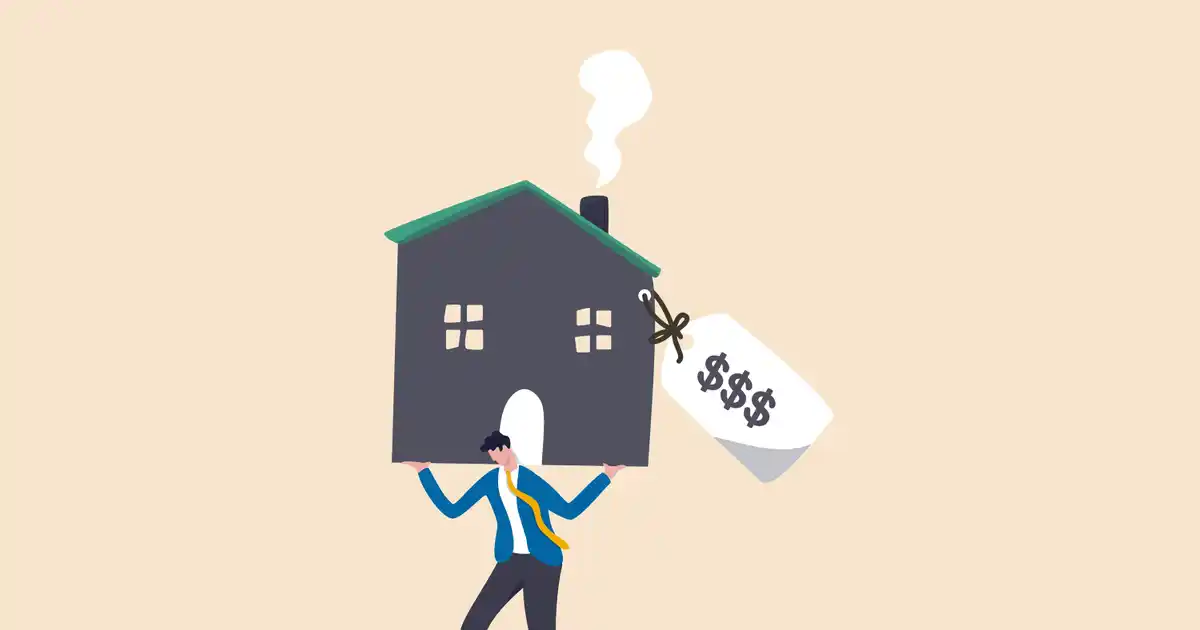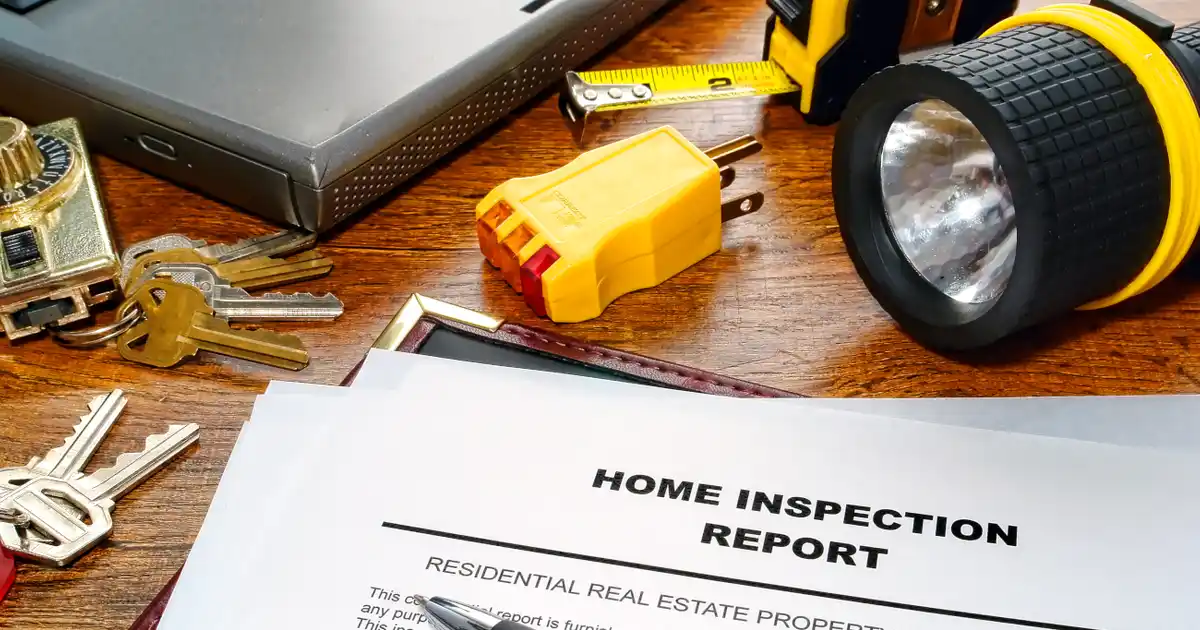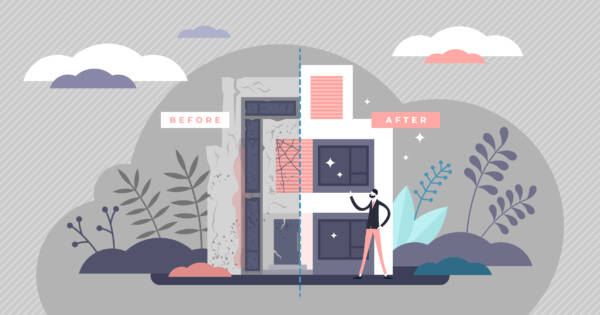Buying a home is more than a major life commitment; it’s also the most expensive purchase most people ever make. As if that doesn’t put enough pressure on prospective buyers, the process of getting into the real estate market can feel overwhelming.
If you’re eyeing a first-time purchase or looking to refresh your knowledge of the housing market, here’s a step-by-step guide to buying a home.
Assess Your Finances
Firstly, you’ll want to gather together your liquid assets; basically, how much money you can put toward your down payment. Don’t be put off by suggestions that your down payment needs to be 20% of your home’s total value. While 20% puts homebuyers in an optimal position to avoid additional interest, many buyers get started with a down payment of 6%.
Keep in mind your closing costs as you add up your liquid assets. Closing costs can represent between 2% to 5% of your loan amount, depending on what state you live in. This percentage may seem meager, but remember that 2% of a $500,000 home is still $10,000!
 Shutterstock
ShutterstockDo You Have Enough?
A surefire way to assess whether or not you’re financially ready to buy a house is by evaluating your debt-to-income ratio (DTI). After all, that’s the first thing your bank will do. Your DTI reveals how much monthly income goes toward debt, so your lender can determine how much mortgage debt you can handle.
To calculate your own DTI, divide your monthly debt by your gross monthly income. Review the resulting percentage before you apply for a loan. A good DTI is considered 36% or lower. If it’s higher than 43%, your application may be denied.
 Shutterstock
ShutterstockBoost Your Credit Health
Your credit health is the final financial element you have to consider. Lenders use it to determine if you can repay your loan. Plus, it impacts the types of loans and interest rates you may qualify for.
Check your credit score and research whether it’s good enough for the mortgage you want. The better your score, the less reservations your banking institution will have. With that in mind, you may wish to focus on improving your credit health before you apply for a loan. Lenders want to see that you pay your bills on time, are decreasing your debt, and presenting several years of credit history.
 Shutterstock
ShutterstockGet Pre-Approved
Once you’ve decided that you’re ready to buy a home, the next step is making sure the bank agrees with you! To satisfy your financial lender, you’ll need to organize certain documentation that shows your employment history. Most financial institutions like to see steady employment for at least two straight years before you apply for a mortgage.
Pay stubs and W-2 forms are usually enough for wage earners to make their case. Meanwhile, self-employed workers need tax returns and additional documentation because their employment is seen as more precarious.
 Shutterstock
ShutterstockHire A Real Estate Agent
Once you’ve been pre-approved for a mortgage and know how much you can spend, the process of buying a home becomes a lot more interesting. To get the lay of the land, however, you’ll want a qualified real estate agent. Not only do real estate agents receive information on homes that doesn’t reach the public, but they also have keen insights related to the neighborhood, the market, and the negotiating process.
A real estate agent will then organize tours so you can see the variety of options in your price range. In most cases, agents earn their income via the commission paid by the seller of the home, so you don’t pay them anything.
 Shutterstock: Sean Locke Photography
Shutterstock: Sean Locke PhotographySee A Lot Of Houses
You may think you know exactly what type of house you want. However, the right townhouse, bungalow, or semi-detached home can reveal its benefits if you have an open mind. This is a great reason to let your agent introduce different options.
Most houses offer leaflets about its features, but don’t be timid about taking photos of your own to review later. Also, don’t think twice about looking in closets, testing faucets, flipping light switches, and testing windows. You may be surprised to learn how the water pressure, electricity flow, and storage options can vary from house to house.
 Shutterstock
ShutterstockGet A Home Inspection
Let’s say you see a home and love it. What happens next? Once your agent has helped you negotiate a price and the seller has accepted your offer, your agent will then arrange for a home inspection. The inspector’s findings will offer you a chance to either renegotiate your offer or back out entirely (if there’s structural damage).
If the home inspector uncovers problems with the house, you can still work with the seller to resolve those issues. If the seller agrees to fix something, you will have another opportunity to walk through the property before the sale closes.
 Shutterstock: Olivier Le Queinec
Shutterstock: Olivier Le QueinecTie Up Loose Ends
If you didn’t choose a mortgage when you got pre-approved from the bank, now is the time to make those decisions. A mortgage banker can help you select a loan type that works for your situation. If your priority is keeping monthly payments manageable, or you plan to move again within a few years, share this information with your banker.
If you’re concerned about whether you’re paying a fair price for the home, you can also have your bank arrange for an appraisal. An independent appraiser will share their estimate of the home’s value with you, the seller, and the bank.
 Shutterstock
ShutterstockClosing Day
Once you’ve provided your signature to the loan documents and the deed, the paperwork will return to your banking institution for processing. Within a few days, the seller will receive their check and you’ll be ready to move into your new house. What a relief!
This guide doesn’t include a lot of breaks for personal reflection, but those steps are just as important. You’ll want to make sure you’re emotionally ready to commit to one house (and one city) before you sign your name.
Take a gander at real estate agents and mortgage specialists in your area. Read testimonials about their practices or seek out a personal recommendation from someone you trust. Buying a home is a huge investment, so take advantage of every professional opinion you can.
 Shutterstock: Monkey Business Images
Shutterstock: Monkey Business Images







